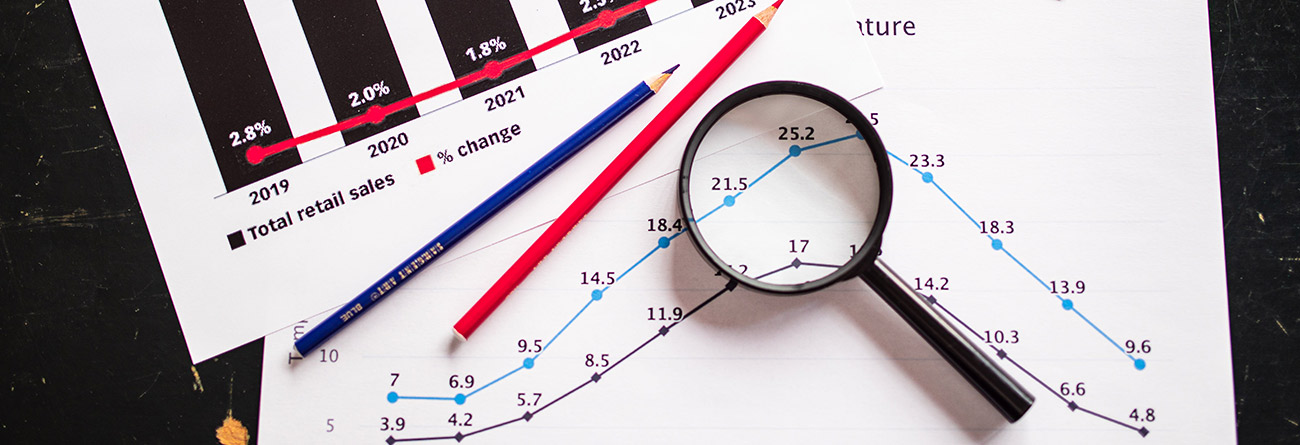Business Impact of Bad Debts
Financial Effects
Clients' failure to pay for goods or services results in a depletion of projected earnings, influencing both the profit margins and cash operations of a company. This can also lead to inaccuracies in financial projections and budget planning.
Operational Effects
The presence of bad debts results in inefficiencies and an increase in administrative costs, such as additional accounting efforts, legal fees, and potential outlays for debt collection services.

Recognizing Bad Debts
Delayed or partial payments, a pattern of non-payment.
Late or partial payments from clients are strong indicators of potential bad debt. Despite that it’s often neglected, businesses should evaluate credit history and customer reviews to reduce bad debt risks.
Assessing Credit Risk and Credit Scoring Models
These models are widely utilized for risk assessment, considering a variety of factors like profitability, debt-to-income ratios, assets, liabilities, financial health, the client's industry, economic situation, and relationship duration.

Estimating Bad Debts
Direct Write-Off Method
Implementing this approach involves categorizing bad debt as an expense once it is ascertained to be uncollectible. This immediate write-off ensures that the specific loss is reflected in the financial statements as soon as it is identified as irrecoverable.
Pros: it is simple in application, as it doesn't require complex calculations or projections of bad debts.
Cons: can result in improper accounting, where expenses may not align with the corresponding revenue period. Also can distort financial statements.
Allowance Method
This methodology predicts the likelihood of encountering unpaid debts in the accounts receivable, leading to the identification and recording of doubtful debts in the field of accounting. By doing so, it allows for the creation of a reserve or allowance that reflects anticipated losses from uncollectible accounts, even before they are specifically identified.
Pros: It ensures that expenses are matched with the associated revenue, resulting in more consistent financial statements. It offers a more realistic view of a company's financial health by acknowledging potential losses upfront.
Cons: The primary challenge lies in accurately estimating the amount to be set aside for doubtful accounts, which requires analysis of historical data and judgment about future risks. This complexity and the need for periodic adjustments can make the allowance method more administratively demanding compared to the direct write-off method.
Choosing the Best Method
Considerations include the size of your business, as larger enterprises with complex financial structures may need more sophisticated methods, whereas smaller businesses could opt for simpler ones. Industry norms and regulatory requirements, along with the company's financial reporting approach, also influence this decision.
Tips to Avoid Bad Debts
Managing Receivables
Acting swiftly on late payments and regularly evaluating accounts can substantially decrease the probability of accumulating bad debts. It's imperative for businesses to institute a systematic approach for managing past-due accounts, which includes issuing notifications and engaging in direct dialogue with delinquent clients. Adopting such a proactive stance is critical in reducing the incidence of outstanding debts. By exercising diligence and enforcing a strict regime of credit management, firms can improve their financial inflow and reduce the economic impact of bad debts.

Credit Policies
By setting clear and regularly evaluated credit terms, companies can effectively reduce the risk of accumulating bad debts. Defining explicit payment conditions and deadlines enables firms to establish expectations upfront and cultivate a culture of prompt payments. Regular credit assessments of both existing and potential customers aid in identifying any shifts in their financial stability, empowering businesses to proactively adapt credit limits and terms. This method not only mitigates potential losses from non-payment but also enhances the financial well-being of the company by ensuring a more predictable cash flow.
Bad Debts Legal Aspects
Debt Collection Laws
Understanding the legal guidelines for collecting debts is essential to guarantee adherence to laws and effectiveness in recovery efforts.
Tax Implications
The approach to taxing bad debts differs from one area to another, necessitating that companies keep abreast of these variations for precise financial documentation and efficient handling of debts.

Technological Advancements in Managing Bad Debts
Software Solutions
Employing sophisticated software solutions for risk monitoring and analysis can significantly enhance the handling of outstanding debts. Such state-of-the-art technologies provide in-depth insights into the patterns of customer payments and their credit histories, enabling organizations to make judicious decisions about extending credit. This strategic use of technology empowers firms to manage their receivables more efficiently, ensuring informed credit practices.

Automation
Utilizing automated alerts and efficient monitoring systems for late payments enables companies to optimize their management of outstanding receivables. The adoption of sophisticated technologies enhances process efficiency and diminishes the likelihood of encountering monetary shortfalls due to uncollected debts.
Future of Bad Debt Management
Predictive Analytics
The increasing focus on predictive analytics allows for more precise risk assessment, enabling proactive bad debt management.
Evolving Regulations
Keeping abreast of evolving regulations and norms is essential for maintaining adherence to legal requirements and efficiently managing uncollectible debts.
Conclusion
Efficient handling and precise estimation of bad debts are critical for maintaining the financial health of a business. Implementing appropriate strategies and techniques can greatly reduce the dangers of uncollected debts. Staying updated on legal matters, utilizing technology, and staying ahead of emerging trends are fundamental components of an effective bad debt management plan. Taking such a forward-thinking stance can bolster financial well-being and aid in achieving sustained success in business.

FAQ
Direct Write-Off and Allowance Methods: what is the difference?
The Direct Write-Off approach impacts the profit statement through immediate recognition of irrecoverable debts, in contrast, the Allowance strategy employs analytical review of outstanding receivables to project potential losses, aligning cost recognition with revenue generation times for enhanced clarity in financial reports.
What is the Role of Technology in Managing Bad Debts?
Modern technologies offer automated solutions for tracking, analyzing, and forecasting, which help in minimizing the incidence of bad debts.
